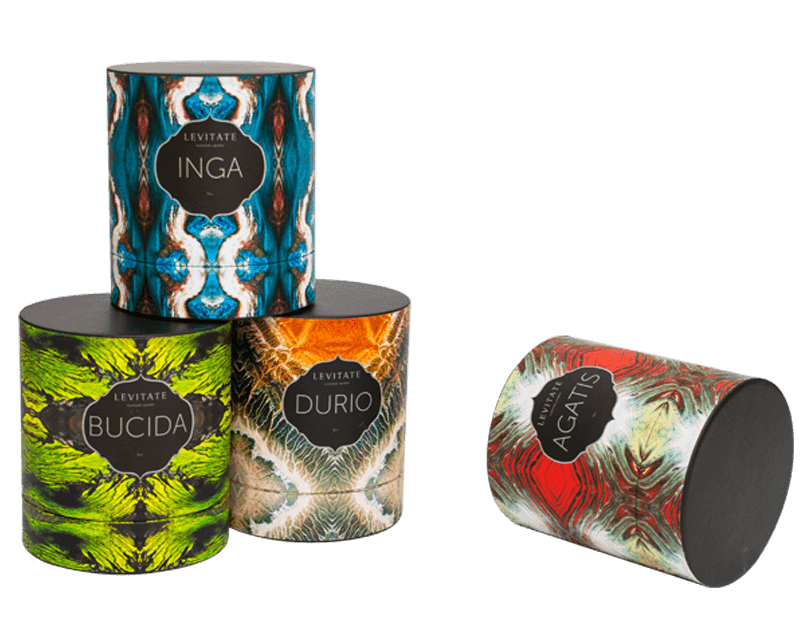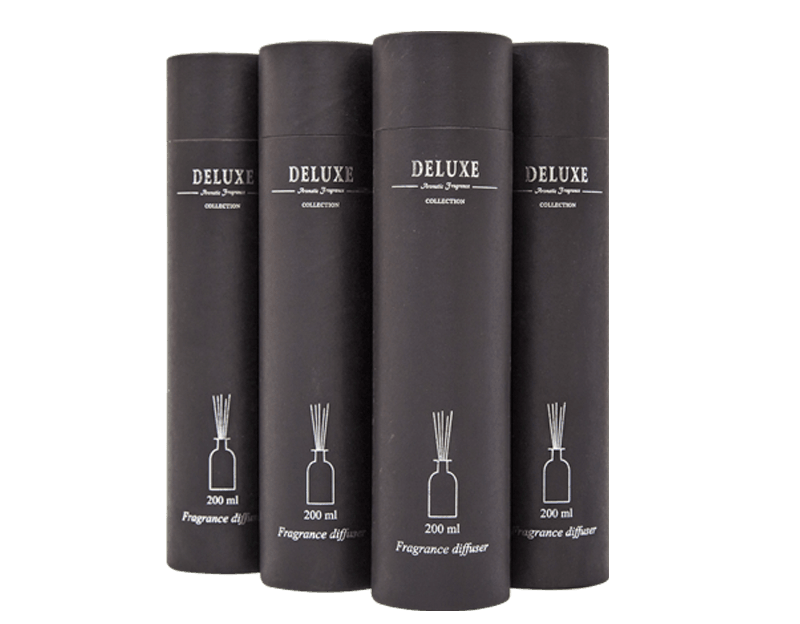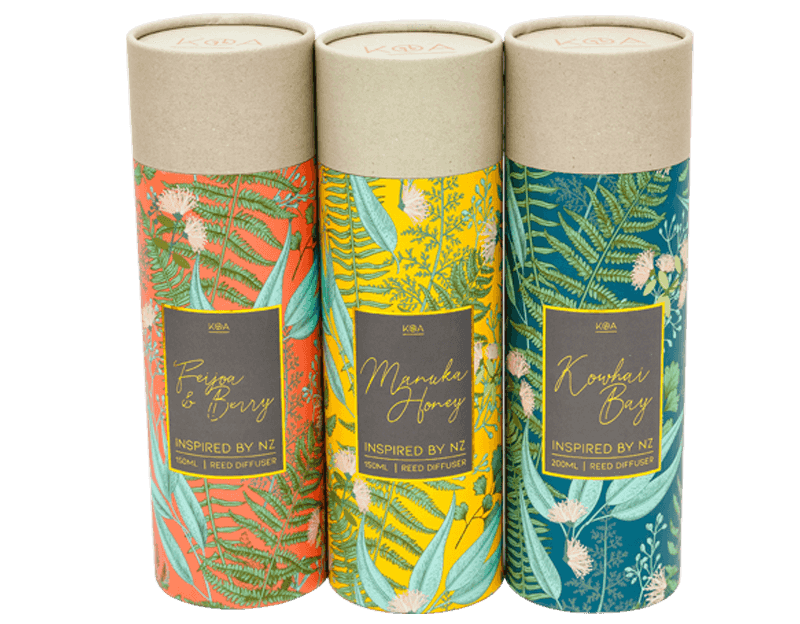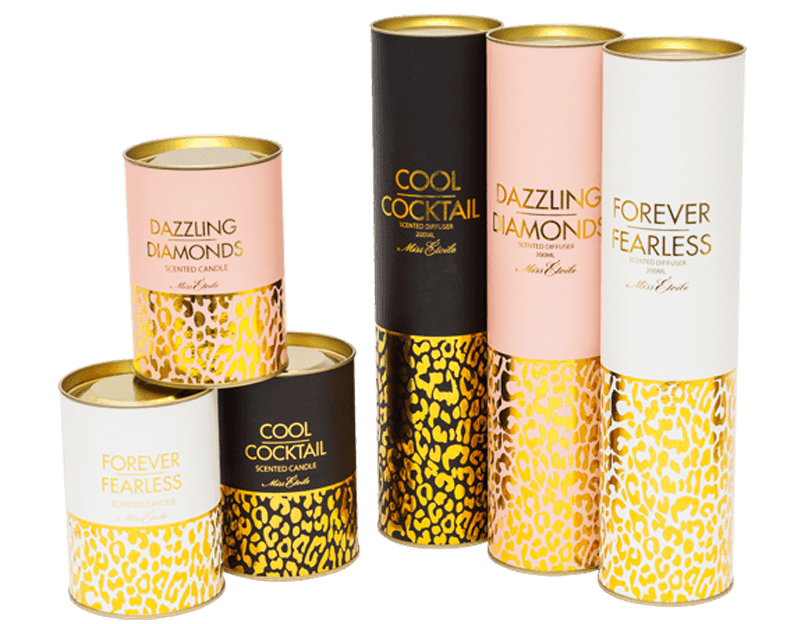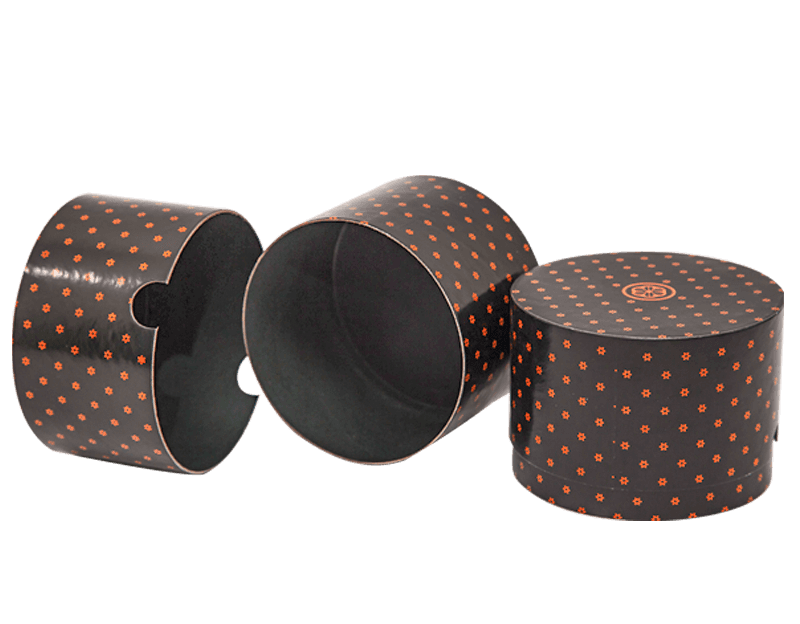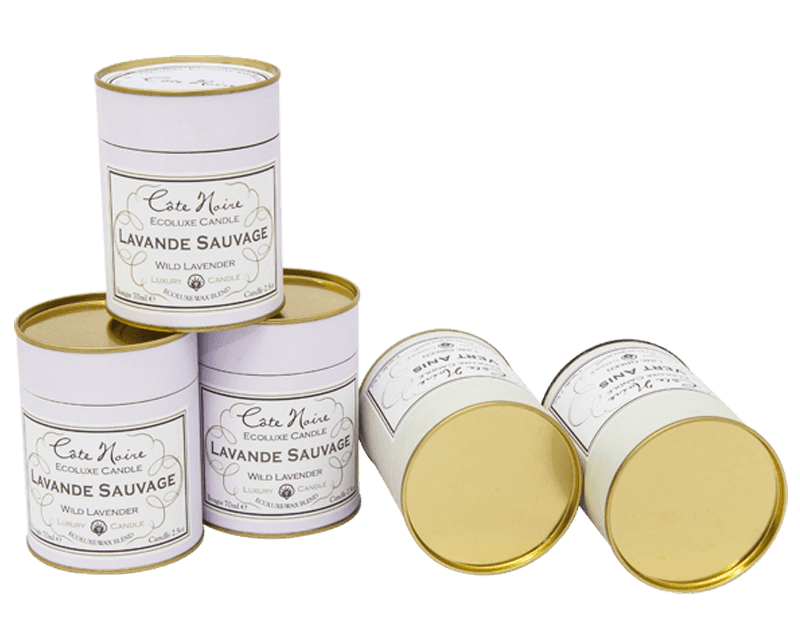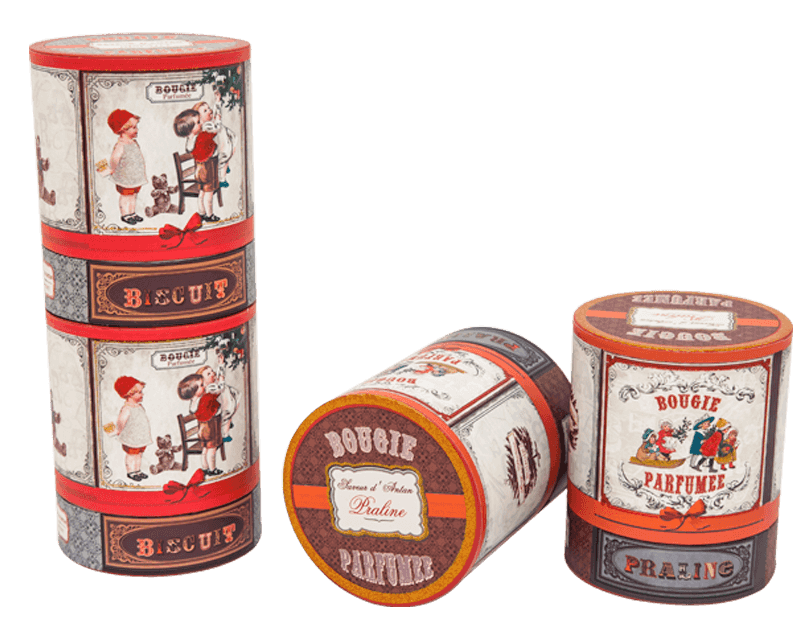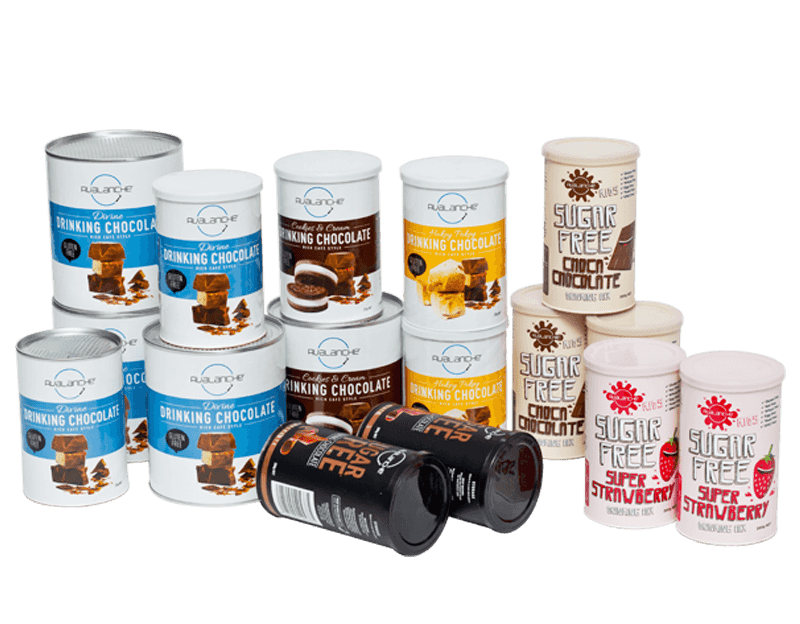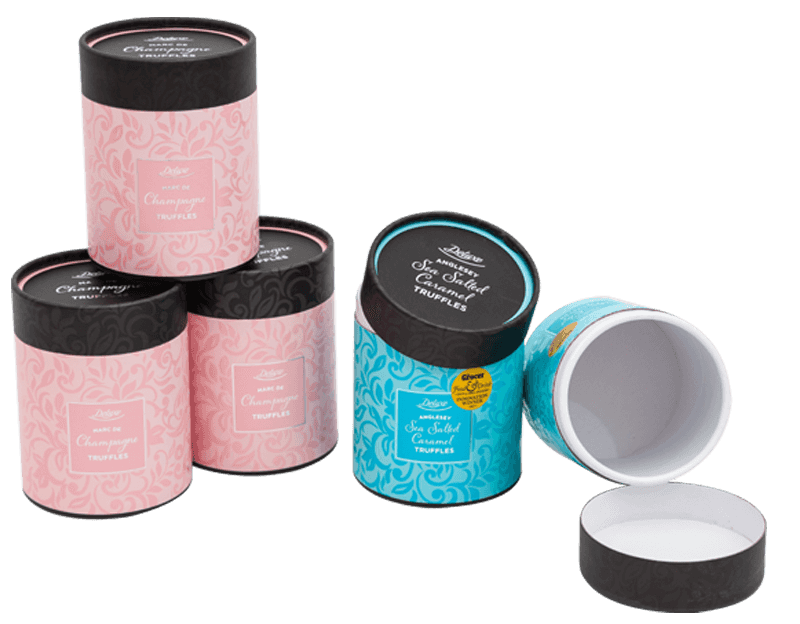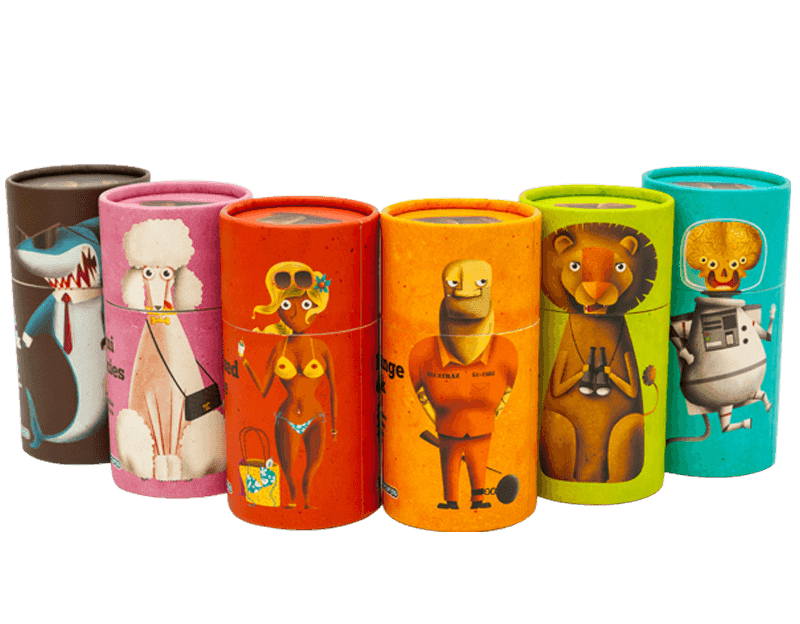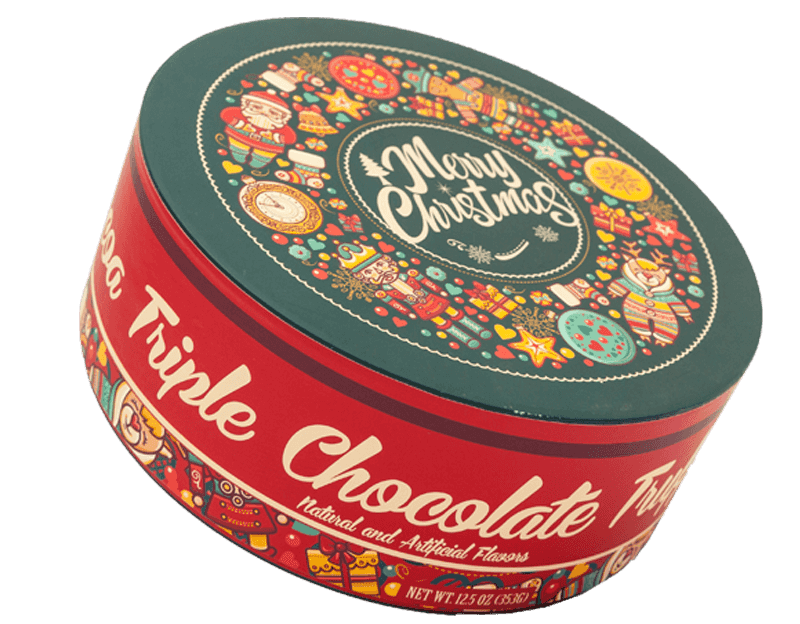As one of the top China cardboard tube packaging manufacturers and paper tube packaging suppliers, we devote all of our efforts to research and launch more high quality packaging products to global market.
Snacks paper tube packaging incorporates several functional features designed to ensure product freshness and extend the shelf life of the enclosed snacks. These features are crucial for maintaining the quality, flavor, and texture of the snacks. Here are some common functional features found in snacks paper tube packaging:
Moisture Barrier Coating:
Function: A moisture barrier coating, often applied to the inner layers of the paper tube, helps prevent the ingress of moisture from the surrounding environment.
Benefits: Protects snacks, especially those prone to moisture absorption, from becoming stale or losing crispness. It is essential for maintaining the texture and taste of products like cookies, crackers, or pretzels.
Airtight Seal or Closure Mechanism:
Function: An airtight seal or closure mechanism ensures that the paper tube is tightly sealed after opening, preventing the entry of air.
Benefits: Minimizes exposure to oxygen, which can lead to oxidation and degradation of the snacks. An airtight seal helps retain the freshness of products like nuts, dried fruits, or other air-sensitive snacks.
Resealable Zippers or Tabs:
Function: Resealable zippers or tabs allow consumers to reseal the paper tube after opening, maintaining the freshness of the remaining snacks.
Benefits: Enables portion control and extends the shelf life of snacks by reducing exposure to air. This feature is especially useful for products consumed over multiple sittings.
Tear-Off or Peel-and-Reveal Features:
Function: Tear-off or peel-and-reveal features provide easy access to the snacks while maintaining a secure seal for the remaining portion.
Benefits: Enhances convenience for consumers, and the sealed section continues to protect the freshness of the snacks. This feature is commonly used in cylindrical packaging for products like potato chips or popcorn.
Odor Barrier Layers:
Function: Odor barrier layers are designed to prevent external odors from permeating the packaging and affecting the flavor of the snacks.
Benefits: Protects the snacks from absorbing unwanted smells, ensuring that the original taste and aroma are preserved. This is particularly important for flavored snacks like popcorn or chips.
Gas Flush Technology:
Function: Gas flush technology involves flushing the packaging with inert gases (such as nitrogen) before sealing to displace oxygen.
Benefits: Reduces oxygen content inside the package, slowing down oxidation and preserving the freshness of snacks. It is commonly used for sensitive products like coffee beans, where flavor preservation is critical.
UV Protective Coating:
Function: UV protective coatings shield the snacks from exposure to ultraviolet (UV) light.
Benefits: Prevents UV light from causing color changes, flavor alterations, or nutrient degradation in snacks. This is particularly relevant for products like chocolate or candies.
Tamper-Evident Features:
Function: Tamper-evident features provide visual indicators if the packaging has been opened or compromised.
Benefits: Ensures the integrity of the packaging and alerts consumers to potential tampering, contributing to food safety and quality assurance.
Anti-Grease Coatings:
Function: Anti-grease coatings repel grease and oil, protecting the exterior of the packaging from stains and maintaining a clean appearance.
Benefits: Ensures that the packaging remains visually appealing, especially for snacks with oily or greasy surfaces.
Window Inserts:
Function: Window inserts allow consumers to see the contents without opening the packaging.
Benefits: Reduces the frequency of opening the packaging, minimizing exposure to air and external elements. This is commonly used for visually appealing snacks like cookies or artisanal treats.
 English
English Español
Español
